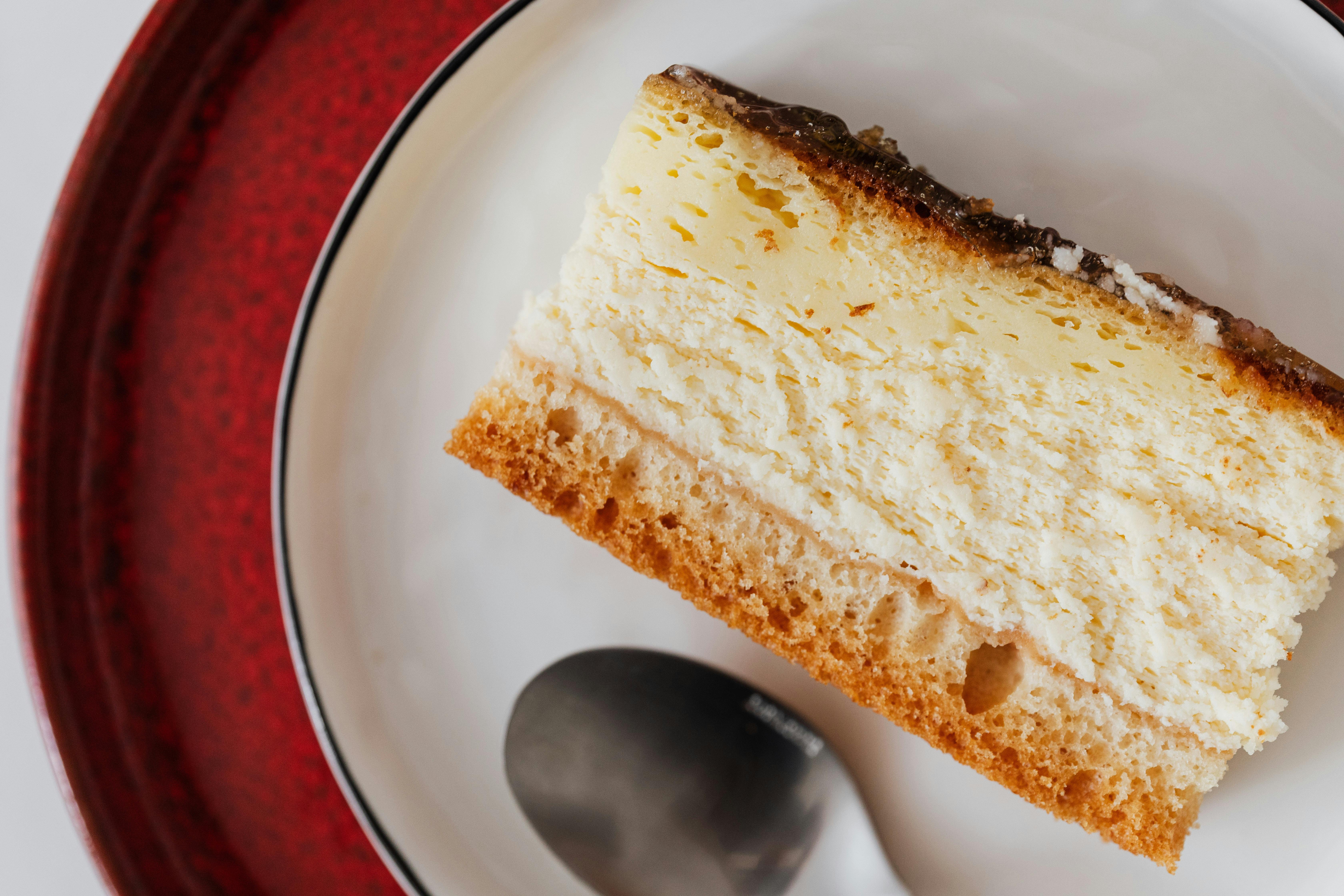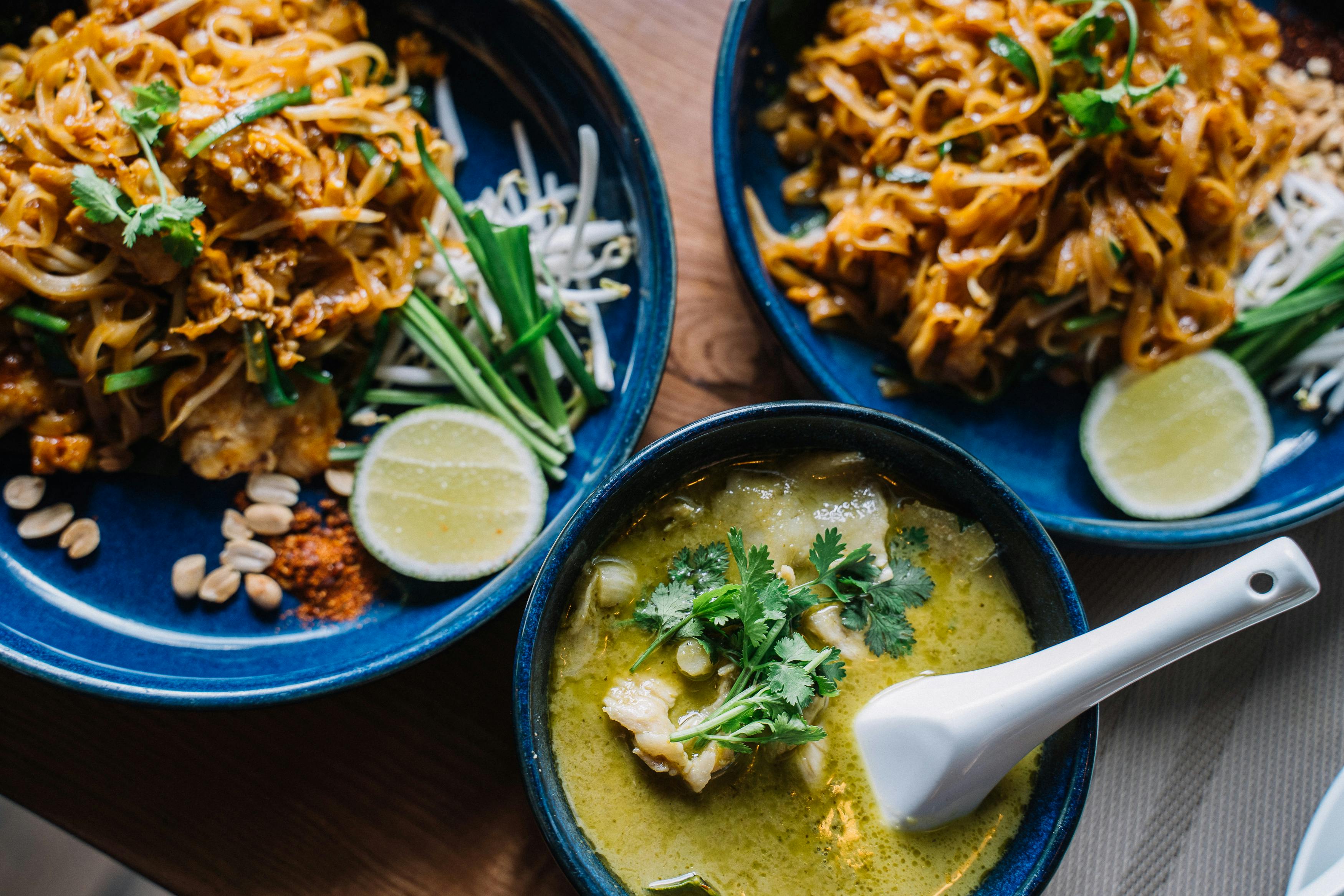A spice rack is a stable feature of every kitchen, yes, even if you never cook. Face it, it looks good and makes you look like you cook.
Spice shakers are sold in department stores, specialty stores, kitchen supply stores, and online. Keep in mind that these items also make great housewarming gifts or gifts for any occasion for someone who likes to cook.
Spice racks come in different sizes and styles: wood, metal, plastic, and acrylic. They also come in countertop style, wall mounted style, and drawer style.
So the next question is after buying a spice rack, what spices should be placed in it? Some spice racks can be purchased with spices included in nice containers (again in wood, metal, plastic, or acrylic). Some spice racks continue with the type of spice pre-printed on the top of each of the individual containers.
Spices are defined as dried seeds, roots, barks, fruits, leaves, or vegetables that are used in small amounts to add flavor or color to foods. You will typically find the following spices in a spice rack, especially if you buy a spice rack that already contains spices: rosemary, dill seed, basil, bay leaves, cardamom, caraway, marjoram, paprika, parsley, thyme, dry mustard, and tarragon. Refills for these spices can be found at grocery stores, gourmet stores, health and organic food stores, and online.
o Rosemary: used to flavor roasted poultry, fish, meat and vegetables.
o Dill seed: used in spreads, salads, vegetables, stews, soups and pickles.
o Basil: it is used to flavor fillings, soups, stews, sauces, poultry, fish and meat.
o Bay leaves: they are used in many dishes throughout the world, particularly in soups, sauces and stews or condiments for fish, meat or poultry.
o Cardamom – mainly used in Near and Far Eastern dishes.
o Caraway: used mainly in dishes from Germany, Austria, Eastern Europe and Scandinavia.
o Paprika: mainly used with Hungarian dishes, it is used in the rest of the world as a garnish.
o Parsley: it is used to flavor soups, sauces, stews, rice dishes, vegetables and fish.
o Thyme: used to flavor beef, lamb, veal, fish, poultry, stuffings, vegetables and stews.
o Mustard Powder – Used to flavor developed eggs, beets, barbecue sauces, baked beans, and many meat dishes.
o Tarragon: it is used to flavor salads, tartar sauces and beef.
There are pros and cons to buying a spice rack that already contains spices. The advantage of buying one with spices included is that you won’t need to buy them individually, which would be an added expense, and you’ll take the time to individually fill each container. On the other hand, if you buy the rack without the spices included and the containers do not have the spice names pre-printed, you can fill the spice containers yourself with the spices you use most often.
The benefits of having a spice rack in your kitchen, assuming you cook, is definitely the organization and convenience of having all your spices in one place, and a space saver in a kitchen that can get cluttered too easily. Just a word of advice on the location of your spice rack, don’t place it too close to the stove because the heat from the stove can be detrimental to the potency of the spices.



